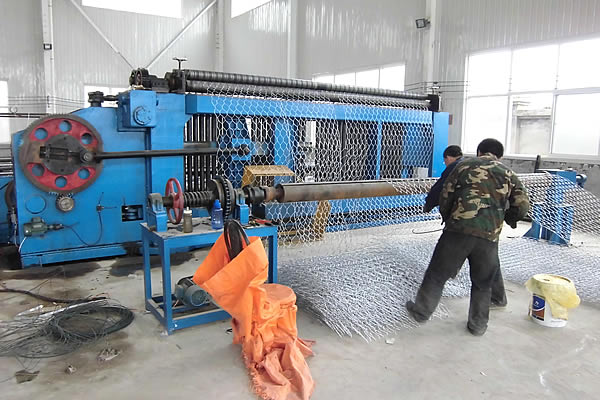In the realm of industrial applications and heavy-duty tasks, the 3/8 braided steel cable stands out as a critical component across numerous sectors. Renowned for its strength, flexibility, and reliability, this cable is ubiquitous in applications ranging from construction projects to maritime environments. Exploring the nuances of this product unravels its unparalleled contributions to industry standards, intertwining both engineering excellence and operational safety.

When discussing real-world experiences, industry professionals frequently highlight the cable's robust design. The 3/8 braided configuration is engineered to present a balance between flexibility and strength, crucial for coping with the dynamic stresses that occur during lifting and maneuvering heavy loads. Users in the construction industry often report that this blend of attributes plays a pivotal role in ensuring both efficiency and safety on-site. The cable’s braided nature resists unraveling, a common issue that can lead to catastrophic failures if not properly managed.
Specializing in steel fabrication, experts consistently underscore the material durability of these cables. Constructed from high-grade stainless steel, they are corrosion-resistant, a feature especially beneficial in maritime settings where cables are frequently exposed to saltwater. This resistance extends the product's lifecycle, significantly reducing maintenance costs and downtime — critical factors for any operation that utilizes this type of cable regularly. Moreover, its resilience against environmental stressors elevates its performance in critical conditions, such as adverse weather, where reliability is non-negotiable.

Expertise within marine industries brings to light another dimension of the cable’s utility. In these settings,
the 3/8 braided steel cable is popular for mooring lines and towing applications. It’s the cable’s impeccable strength-to-weight ratio that garners appreciation from specialists managing heavy marine equipment and vessels. This ratio ensures that equipment remains both maneuverable and secure, safeguarding both the crew and the cargo. It's not only the physical strength that is emphasized but also the cable's resistance to harmful kinks and bends that can weaken structural integrity.
3 8 braided steel cable
From an authoritativeness perspective, certified safety inspections and industry-standard testing reinforce the cable’s credibility. International bodies and regulatory authorities specify the utilization of such cables in infrastructure projects, lending an impartial endorsement of their efficacy and trustworthiness. Adherence to these stringent standards ensures users can trust in the consistency and reliability of each deployment, minimizing risk and fostering an environment where safety is prioritized.
Trust in the 3/8 braided steel cable is solidified by its proven track record across various industries. Feedback from seasoned operators and engineers consistently points to reduced replacement frequency due to the cable’s durability and sustained performance under high-stress conditions. These endorsements are not merely anecdotal; they are supported by statistical data that indicate a lower failure rate compared to traditional cable types. Such insights encourage procurement officers and project managers to favor these cables for both new installations and upgrades, aligning operational priorities with long-term sustainability goals.
In summary, the 3/8 braided steel cable epitomizes the integration of engineering brilliance and practical application. Its design and construction embody the ideal structural properties necessary to meet the challenges posed by demanding industrial environments. Whether ensconced in the construction, marine, or transport sectors, this cable remains a testament to the strategic marriage between material science and real-world application, continuing to secure its position as an indispensable tool in the modern industrial toolkit. As industries evolve, the 3/8 braided steel cable is poised to adapt, destined to meet the future demands of innovation and sustainability.
 TEL:
+86-13102802206
TEL:
+86-13102802206
 Email:
fencenetting@china.com
Email:
fencenetting@china.com
 Language
Language
 TEL:
+86-13102802206
TEL:
+86-13102802206
 Email:
fencenetting@china.com
Email:
fencenetting@china.com
 Language
Language



